Administrative tasks often take up more time than patient care itself. From juggling Electronic Health Records (EHRs) to managing compliance paperwork, healthcare providers drown in documentation. That’s where healthcare solutions like AERIS step in. As a FHIR-based interoperability platform, AERIS redefines how healthcare providers handle data by enabling real-time exchange. By integrating seamlessly with existing infrastructure, it streamlines workflows, reduces redundant tasks, and minimizes errors.
In this blog, we’ll discuss how AERIS cuts administrative workload in half—so providers can spend less time on paperwork and more time on patient care.
Table of Contents
1. Streamlined Data Exchange with Core Interoperability Framework
The lack of integrated systems in healthcare drives a major portion of administrative work. Therefore, manual data entry, reconciliation errors, and redundant processing consume valuable time and resources. However, AERIS simplifies these challenges through its Core Interoperability Framework.
a. Standards-Compliant Communication
AERIS is built on HL7 FHIR, a globally recognized standard for healthcare interoperability. By facilitating real-time exchange of medical records, prescriptions, and diagnostic reports, it reduces the time administrators spend manually transferring data between disparate EHR systems.
b. Protocol Versatility
AERIS supports multiple data exchange protocols such as HTTP, FTP, MQTT, and SOAP. This flexibility removes the need for healthcare administrators to manually convert files or reformat data before sharing it between systems.
c. Semantic Consistency
By employing standardized terminologies and ontologies, AERIS eliminates inconsistencies in how medical data is interpreted across systems. This minimizes errors and reduces the administrative effort required for data validation and correction.
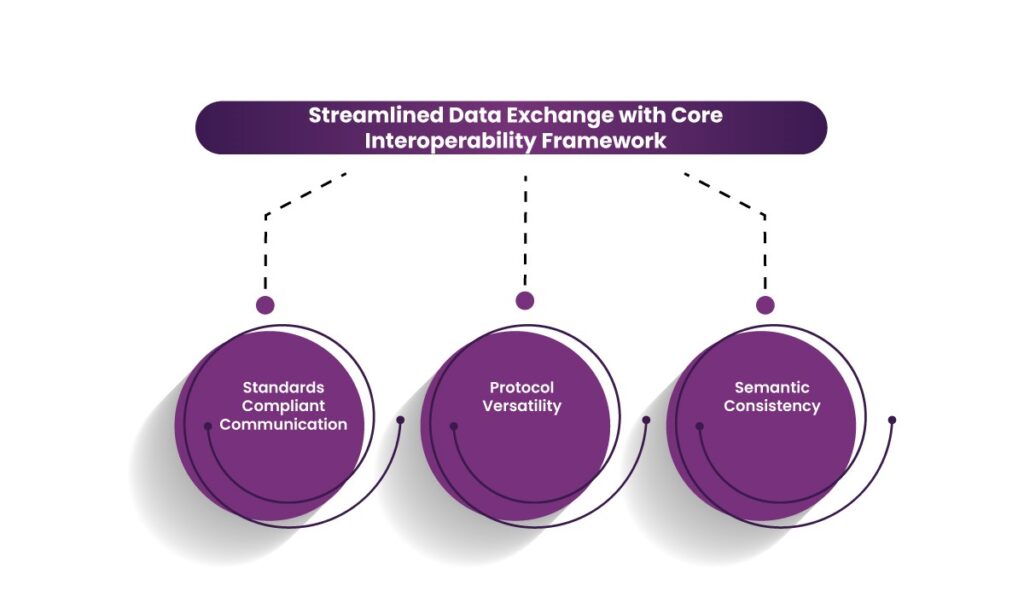
2. Enhanced Data Management for Seamless Operations
a. Real-Time Data Exchange
AERIS facilitates instant communication between healthcare systems. For example, when a patient undergoes a CT scan, the results are automatically transmitted to the referring physician’s system. This eliminates the need for staff to retrieve, upload, or fax reports manually. Additionally, it minimizes follow-up calls and delays caused by misplaced or incomplete data transfers.
b. Data Normalization for Unified Records
Healthcare data often comes in multiple formats from different sources—lab reports, imaging systems, wearable devices, and external healthcare providers. Therefore, administrators spend considerable time converting and standardizing these records before entering them into an EHR system.
However, administrators can use the existing data templates in AERIS to convert all incoming data into a structured format. This reduces the time spent on record management, streamlines audits, and improves data accessibility for clinicians.
c. Master Data Management (MDM) for Accuracy
When patient information is stored across multiple systems with variations in spelling, medical history, or insurance details, reconciling these discrepancies requires manual intervention. However, AERIS consolidates patient records into a single, accurate source and reduces the need for staff to cross-check multiple databases.
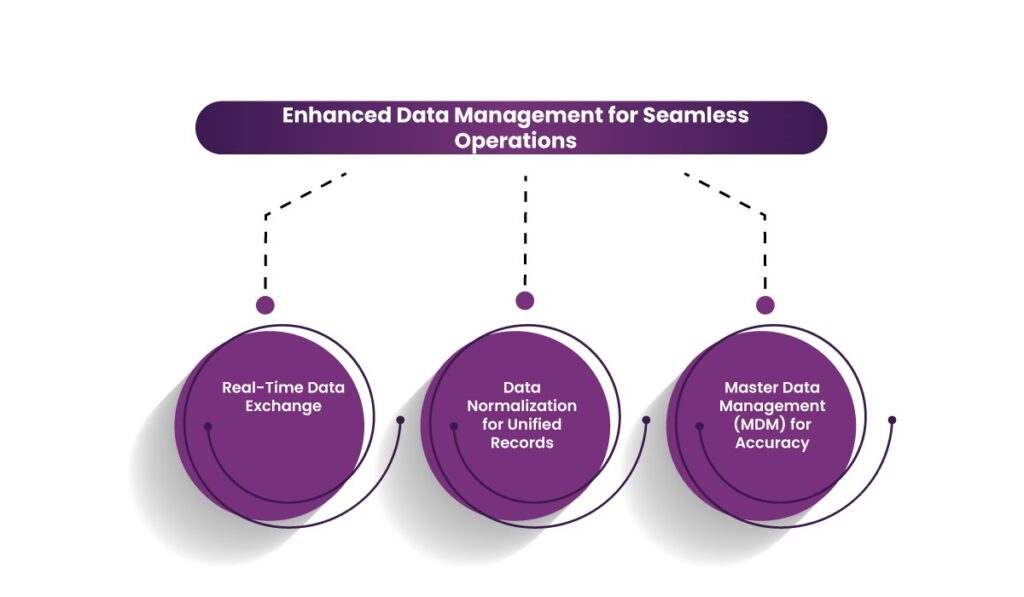
3. Integration Capabilities That Reduce Administrative Workload
a. API Gateway for Seamless Data Exchange
AERIS acts as a centralized hub for API interactions. Therefore, it reduces the administrative burden on IT teams and healthcare providers by eliminating the need for extensive system modifications.
b. Data Adapters for Legacy Systems
Many healthcare organizations rely on legacy systems that lack compatibility with modern platforms. However, AERIS bridges this gap with custom-built data adapters. This reduces the workload on administrative teams who would otherwise spend hours manually inputting patient records from outdated software into newer platforms.
c. Cross-Domain Interoperability
AERIS extends interoperability beyond hospitals and clinics, facilitating data exchange with insurance companies, public health agencies, and pharmacies. This minimizes repetitive administrative tasks such as claim submissions, eligibility verifications, and medication reconciliation.
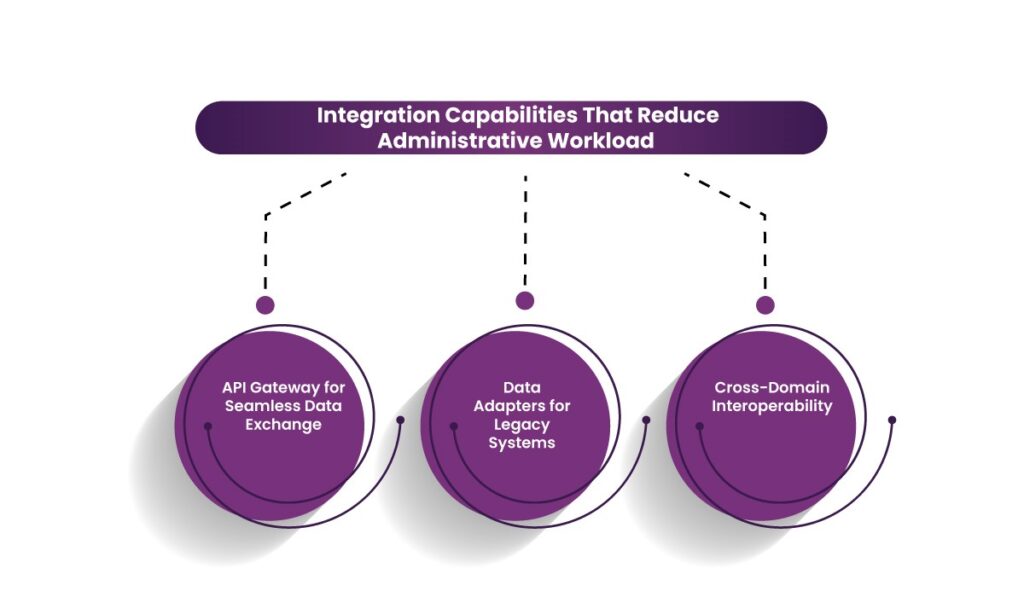
4. Proactive Monitoring and Analytics for Smarter Administration
a. Real-Time Monitoring Dashboards
AERIS offers centralized monitoring dashboards that allow administrators to track data flow, patient records, and system performance in real time. Instead of manually checking for delays, administrators can rely on AERIS to flag potential issues and suggest corrective actions.
b. Proactive Alerts for Risk Mitigation
AERIS automatically notifies administrators about potential issues like system vulnerabilities, data inconsistencies, or service downtimes. This proactive approach helps prevent disruptions and reduces time spent on reactive troubleshooting.
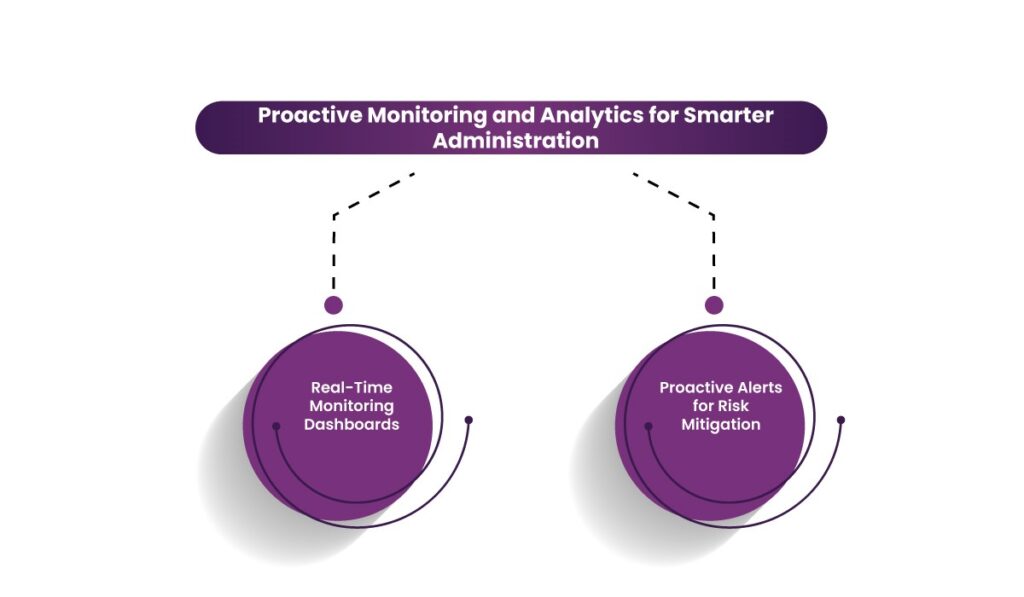
5. Improved Security and Compliance
a. Encryption and Access Control
AERIS employs Advanced Encryption Standard (AES) and TLS security protocols to automatically encrypt patient data. This feature reduces administrative tasks related to manual compliance reporting and security monitoring.
b. Automated Audit Trails
AERIS automatically logs every user action and provides a transparent audit trail. This simplifies compliance with HIPAA and other regulatory requirements. As a result, it reduces the workload involved in regulatory audits and reporting.
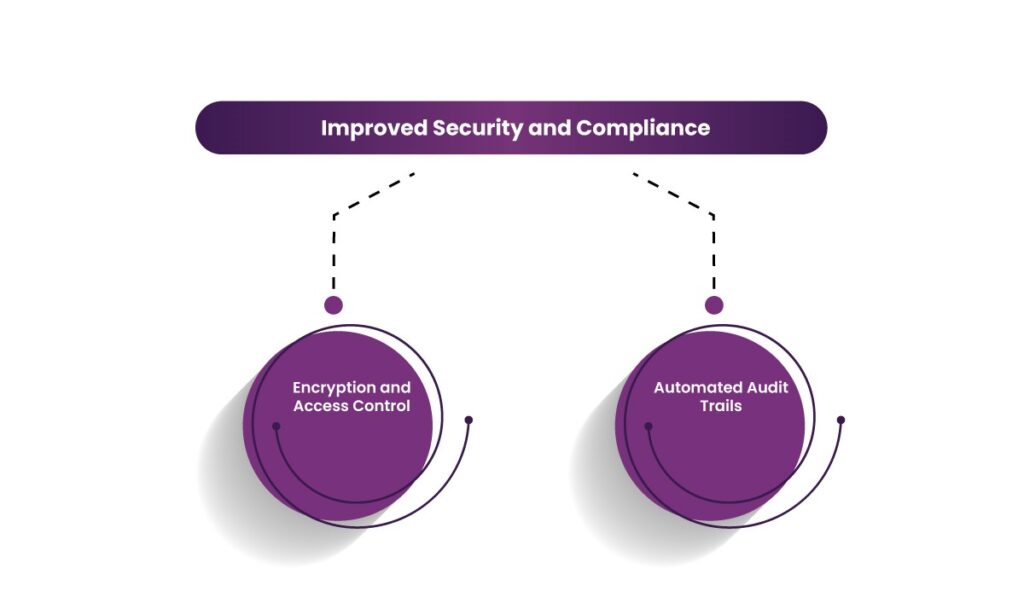
Final Thoughts
With the rising demands in the healthcare sector, reducing administrative workload is vital for improving efficiency, patient care, and overall system performance. AERIS achieves this by streamlining data exchange, minimizing errors, and enhancing security compliance.
By implementing AERIS, professionals can focus more on delivering high-quality care rather than being bogged down by paperwork and system inefficiencies. Contact us today to schedule a demo and see AERIS in action.
FAQs
1. Can AERIS integrate with existing legacy systems?
Yes, AERIS comes with custom-built data adapters that connect legacy systems with modern cloud-based healthcare solutions. This eliminates the need for costly upgrades and minimizes manual data entry efforts.
2. How does AERIS help with compliance and regulatory reporting?
AERIS automates audit trails and encrypts patient data using Advanced Encryption Standard (AES) protocols. It tracks every data exchange, making compliance with regulations like HIPAA easier while reducing administrative work.
3. What role does AERIS play in reducing errors in patient records?
AERIS prevents data discrepancies between healthcare systems by employing standardized terminologies and semantic consistency. This reduces the need for manual data validation and corrections, helping administrators focus on higher-priority tasks.
4. Does AERIS offer real-time monitoring to track data flow and system performance?
Yes, AERIS provides centralized monitoring dashboards that track data flow, patient records, and system efficiency. Administrators can quickly identify and address issues, reducing the time spent on manual troubleshooting.
5. Can AERIS help healthcare solutions manage large volumes of unstructured data?
Yes, AERIS converts incoming data into a structured format using built-in templates. This feature significantly reduces the time spent on record management, making audits and data retrieval more efficient.














